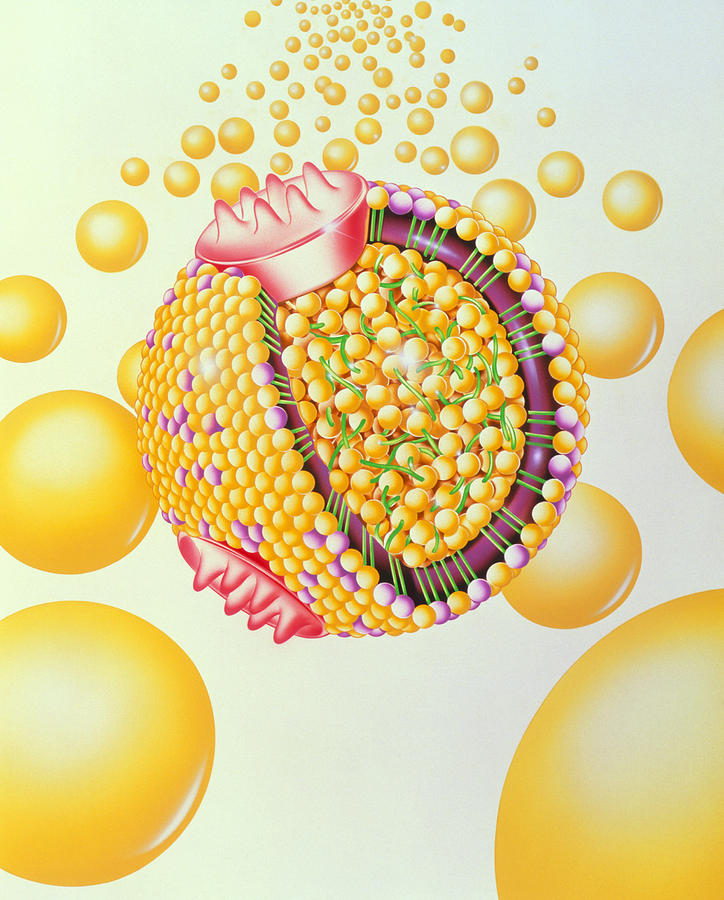

Instead, transport secretion protein 2 (TTS2), a lipase characterized recently ( 24– 26), was identified as a target gene that increases the availability of fatty acids from VLDL to activate PPARδ. PPARδ does not regulate acyl-CoA synthetase and ApoB48 receptor, proteins that facilitate VLDL/fatty acid uptake ( 23).

Our data show that, in addition to genes involved in peroxisomal and mitochondrial β-oxidation, activation of PPARδ by VLDL also induces carnitine biosynthesis. To better understand the function of PPARδ in VLDL homeostasis, we performed DNA array analysis to identify genes commonly regulated by a PPARδ synthetic agonist and VLDL in the macrophage. Paradoxically, PPARδ−/− mice are also lean ( 18, 19), suggesting multiple layers of regulatory mechanisms governed by this receptor.Īlthough our previous study suggested a limited role of PPARδ in macrophage cholesterol metabolism ( 21), we have shown that it is a major sensor of TG-rich VLDL particles in mouse macrophages ( 22). Transgenic mice expressing an active form of PPARδ in adipocytes are resistant to diet-induced obesity due to an increased fatty acid catabolic rate ( 17). The function of ubiquitously expressed PPARδ was less defined until the making of genetically modified animals. These important biological activities of PPARα and PPARγ have later been proven responsible for the TG-lowering effect of fibrates and the insulin-sensitizing activity of thiazolidinediones, respectively ( 13– 16).

PPARα plays a major role in fatty acid oxidation in liver during fasting ( 6, 7), whereas PPARγ is important for lipid storage, adipocyte functions, and insulin sensitivity ( 8– 12). There are three subtypes in this subfamily, PPARα, PPARβ/δ, and PPARγ, each exhibiting a distinct tissue distribution and regulating different aspects of lipid homeostasis ( 4, 5). Peroxisome proliferator-activated receptors (PPARs) belong to the nuclear receptor superfamily and are bound and activated by fatty acids ( 3). This unique transcriptional mechanism assures a tight control of the homeostasis of VLDL-derived fatty acid and provides a therapeutic target for other lipid-related disorders, including dyslipidemia and diabetes, in addition to coronary artery disease. Unexpectedly, deletion of PPARδ results in derepression of target gene expression, a phenotype similar to that of ligand activation, suggesting that unliganded PPARδ suppresses fatty acid utilization through active repression, which is reversed upon ligand binding. Here, we show that, in addition to β-oxidation and energy dissipation, activation of PPARδ by VLDL particles induces key genes involved in carnitine biosynthesis and lipid mobilization mediated by a recently identified TG lipase, transport secretion protein 2 (also named desnutrin, iPLA2ζ, and adipose triglyceride lipase), resulting in increased fatty acid catabolism. We have previously demonstrated peroxisome proliferator-activated receptor (PPAR)δ, but not PPARγ, is the major nuclear VLDL sensor in the macrophage, which is a crucial component of the atherosclerotic lesion. However, recent advances have identified triglyceride-rich lipoproteins as independent risk predictors for this disease. Significant attention has focused on the role of low-density lipoprotein (LDL) in the pathogenesis of atherosclerosis.


 0 kommentar(er)
0 kommentar(er)
